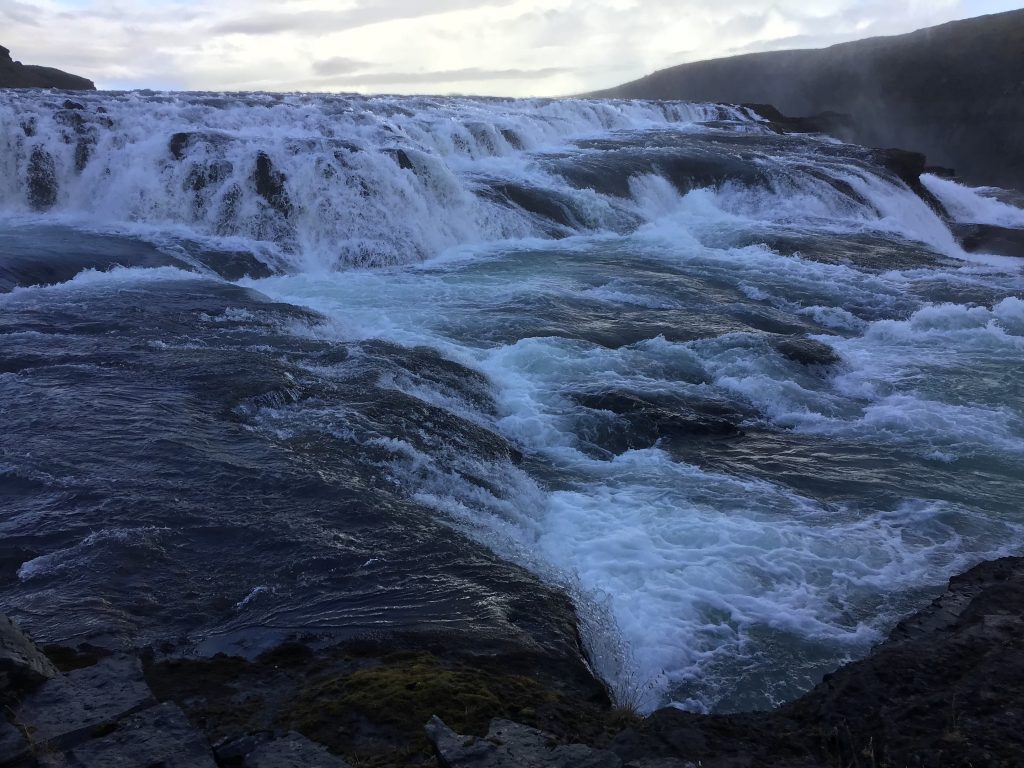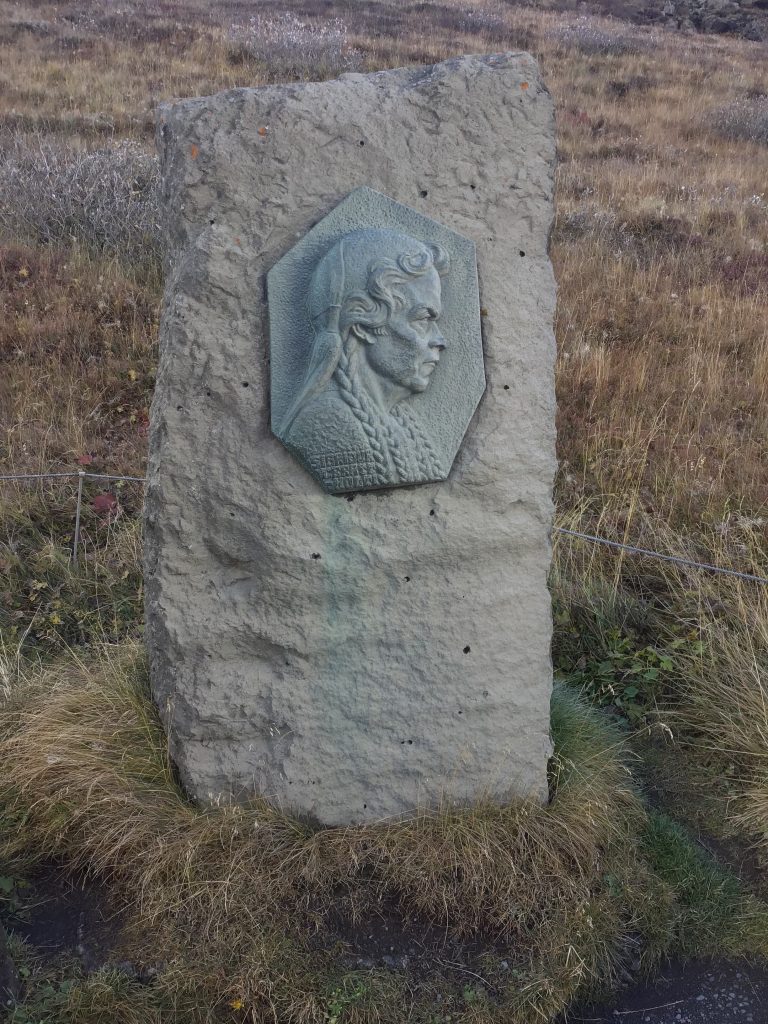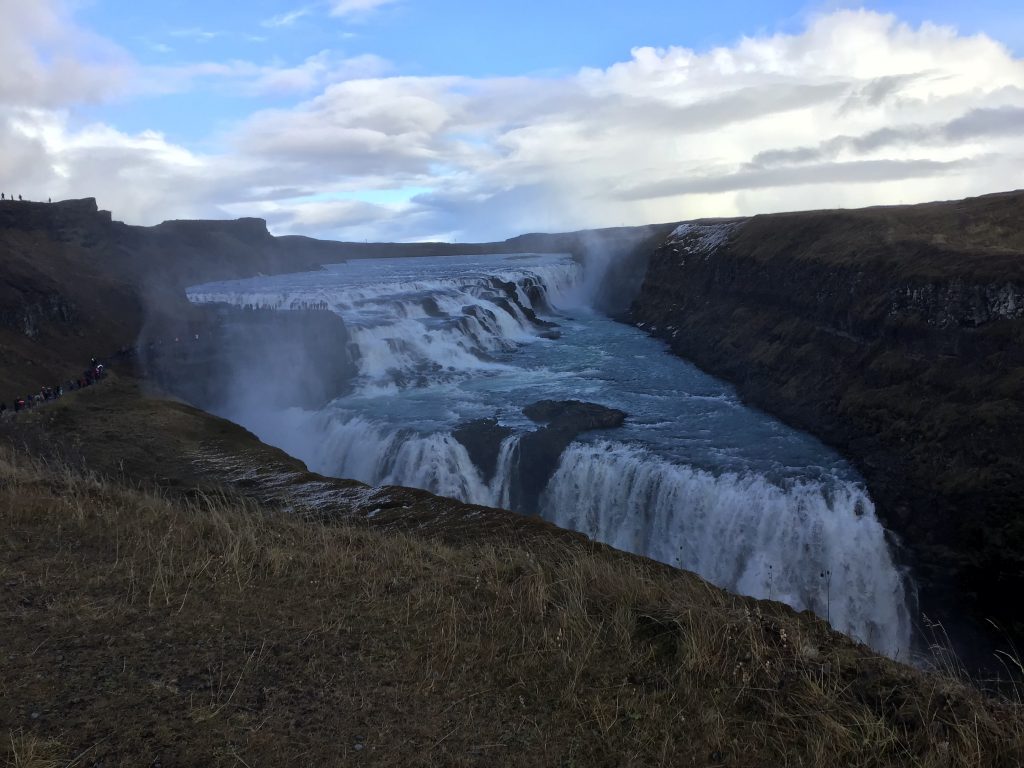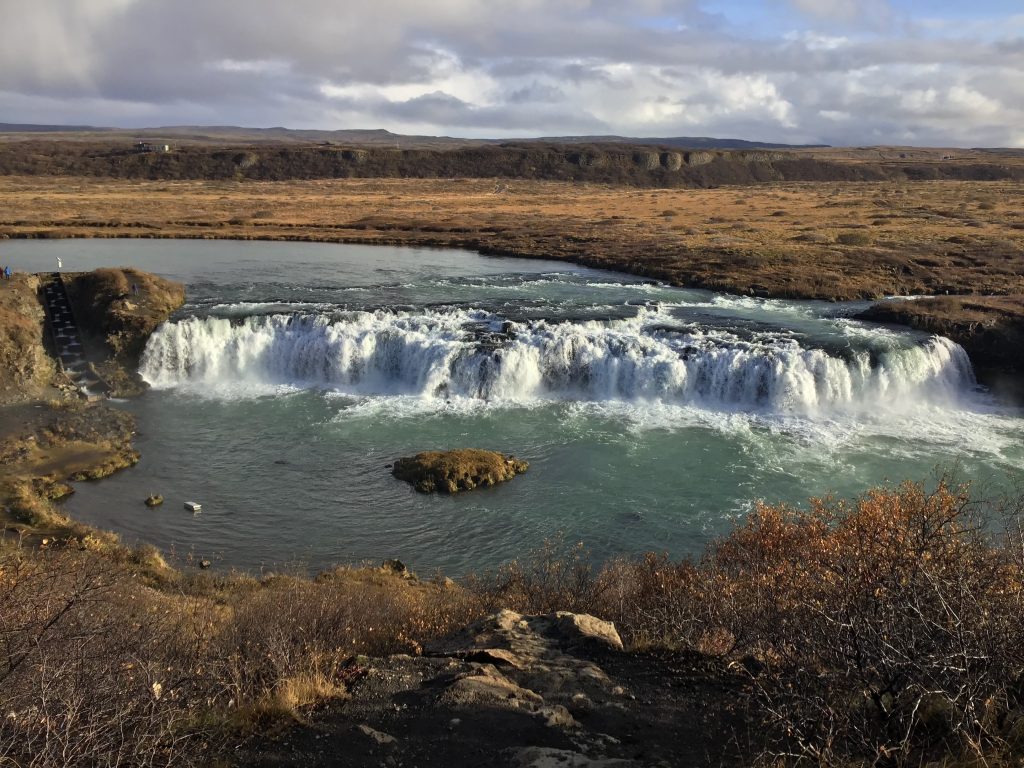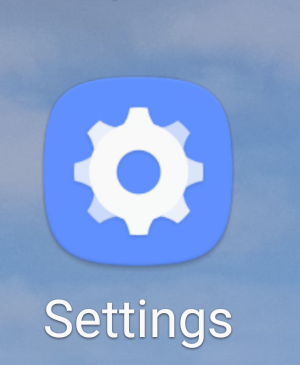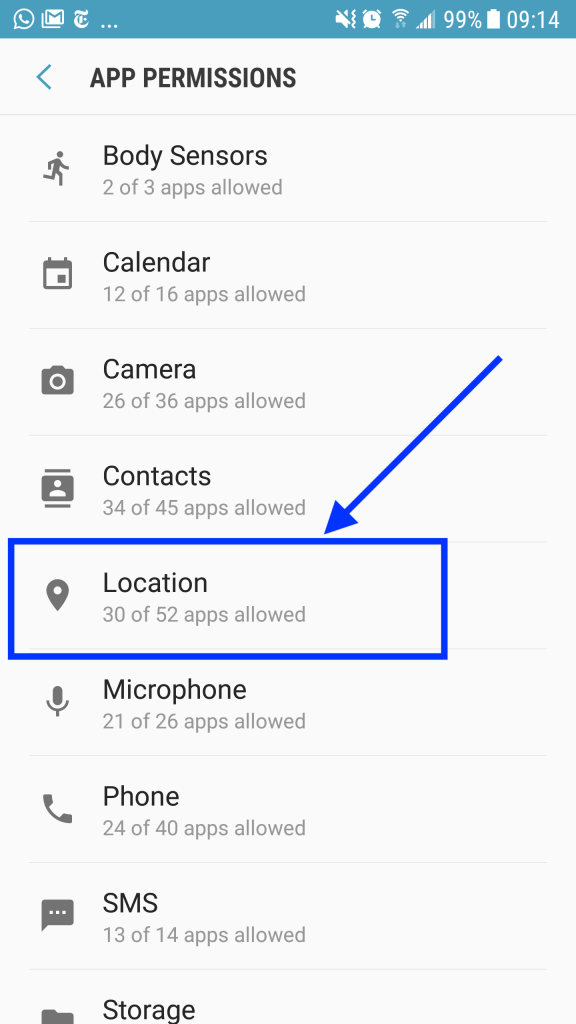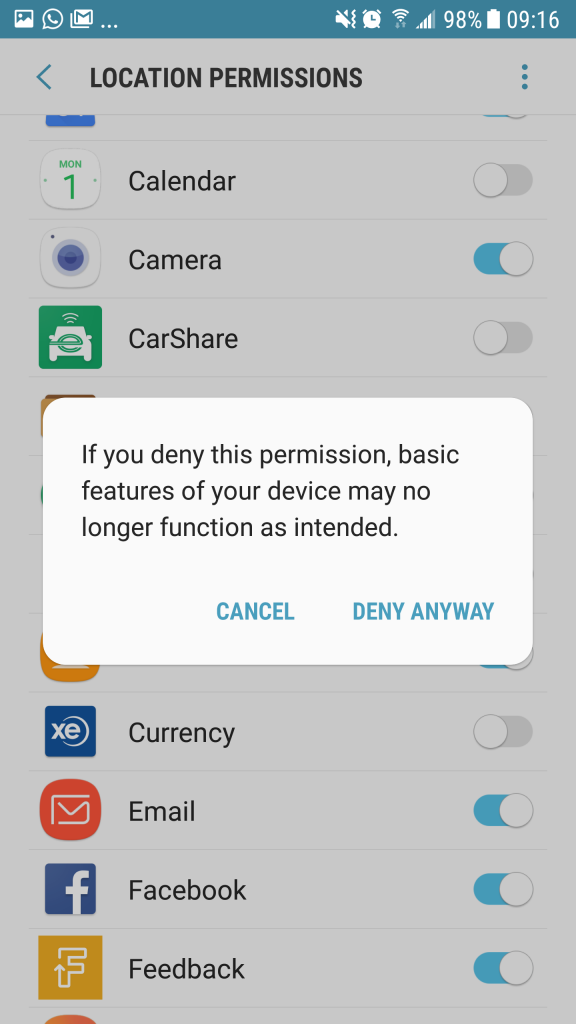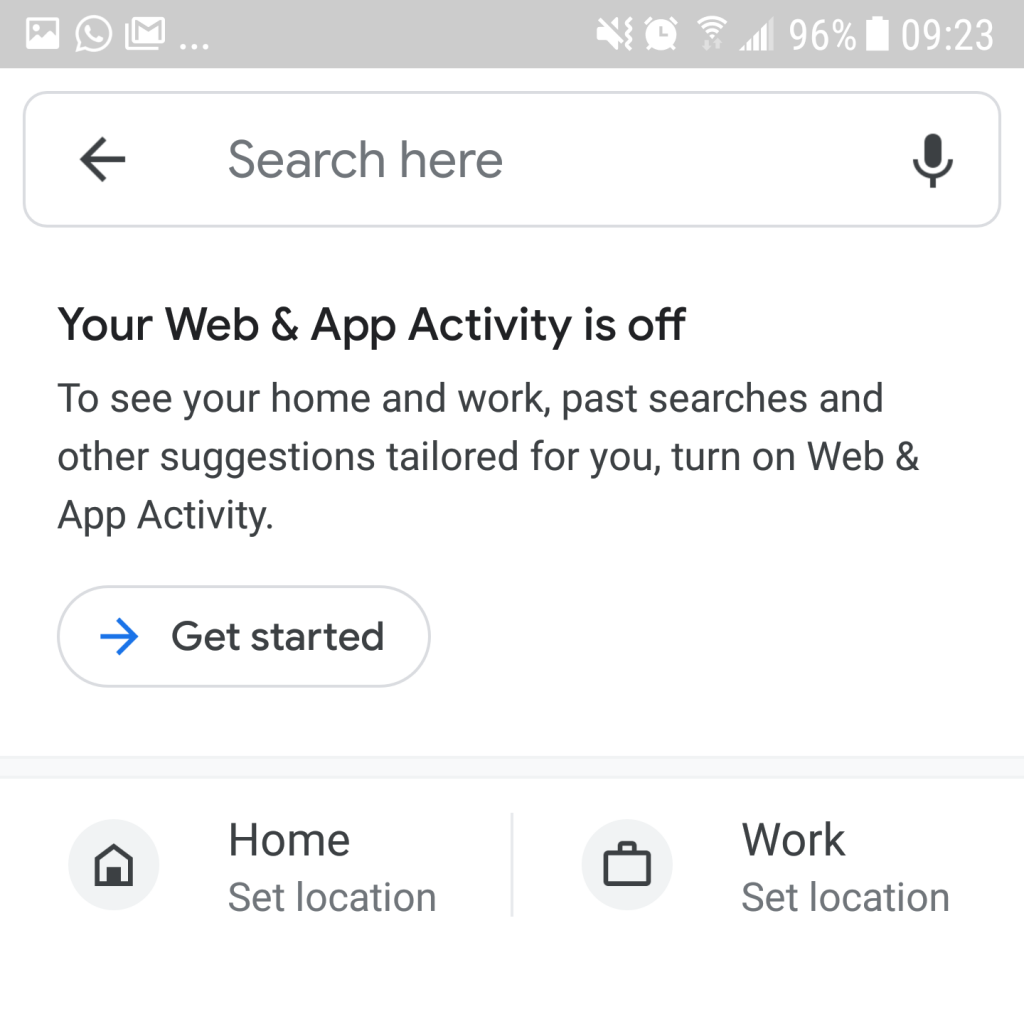When we connect online, it can be difficult to tell if are we connecting with a persona or a person. In an online world fraught with misinformation, disinformation, and propaganda, it can be hard to discern who, or what, is behind those posts. A genuine person, a person pretending to be another person, an artificial being?
If you were to meet the person behind the messages, would that person match their online presence? Now, we also have to contend with the possibility that we may be chatting with or following bots, an automated program that is sometimes quite successful in imitating humans.
Online resources are plentiful and come in myriad options for us to connect with one another. We can join chat rooms or discussions with other like-minded people, even participating in ones specialized on an obscure or rare topic, like an uncommon disease. These can be life-saving and life-changing for people who live in remote or rural areas and my not have opportunities to bond with others like them.
We can also participate in online dating or social networking, posting to our friends and followers to make new “friends.” I tried online dating a few times. After being surprised more than once when I met the other person IRL (in real life), who turned out to be nothing like his profile, I started pushing to meet with potential dates right away.
Of course people can also show us their personas when we meet in person. However, when we meet face-to-face, we have the opportunity to rely on non-verbal cues and use all our senses to get a better idea of who this person is that we’re dealing with. This, of course, assuming that we still retain and develop our social skills as humans to make eye contact, converse in person, and learn how to interpret body language.
Facebook has a policy that people must use their real names when creating a profile. Variations and nicknames are allowed, with some guidelines. Even if we are supposed to use our real names on Facebook, does this mean that we act the same online as we do IRL? The trend seems to be that most people only post the best and brightest FOMO-inducing moments of their life online. In other words, a persona, the role we play online.

